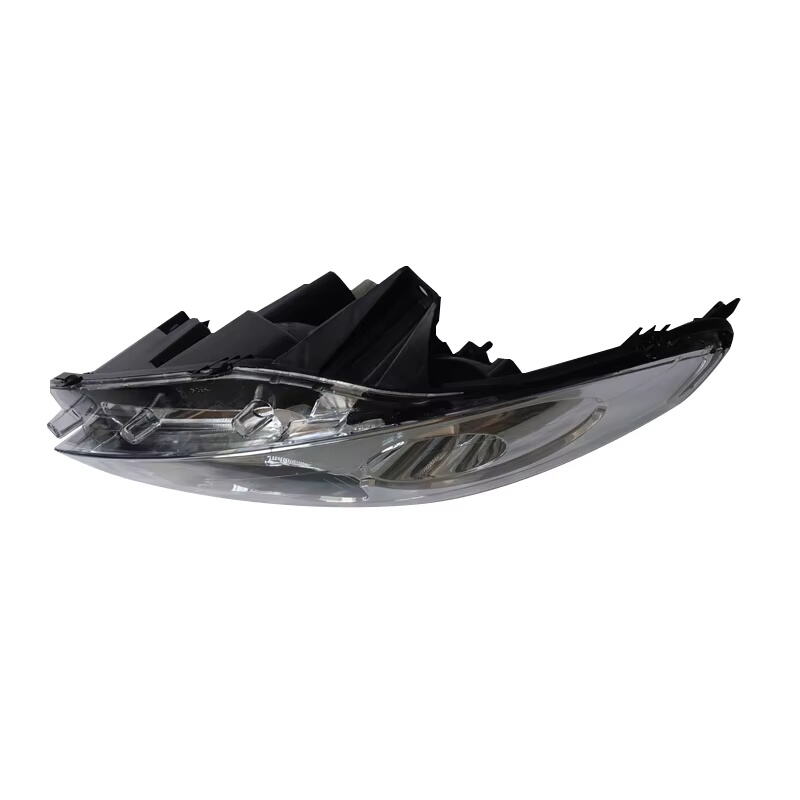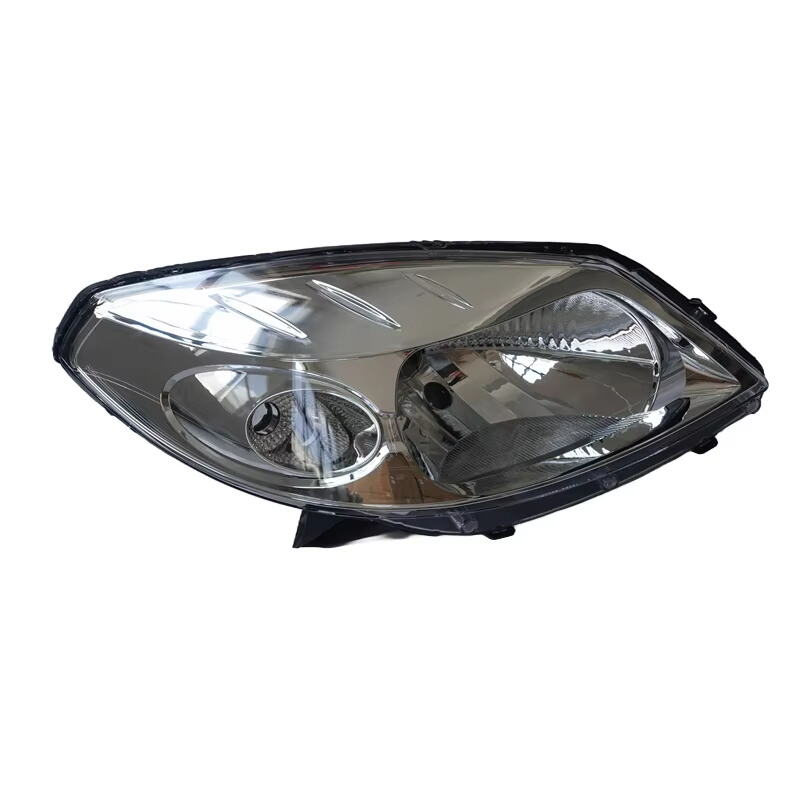Enhancing Visibility in All Driving Conditions
Proper lighting is a crucial aspect of vehicle safety. Among the many lighting components on a car, fog lights and headlights play particularly important roles in ensuring visibility for the driver and other road users. While they might appear similar at first glance, fog lights and headlights are designed with distinct purposes and performance characteristics in mind. Understanding the functional differences between these two types of lights helps drivers use them more effectively and make informed decisions when upgrading or replacing lighting components.
Basic Function and Purpose
Role of Headlights
Headlights are the primary lighting system for a vehicle, designed to illuminate the road ahead during low-light conditions such as nighttime or inclement weather. Most vehicles come equipped with low-beam and high-beam headlights, each serving a different function. Low-beam headlights provide a wide, moderately bright light that is suitable for general night driving. High-beam headlights offer a more intense and focused beam for enhanced long-distance visibility when driving in poorly lit or rural areas. Proper use of headlights is essential for safety, ensuring that drivers can see and be seen.
Role of Fog Lights
Fog lights are auxiliary lights installed lower on the vehicle's front bumper. Their primary function is to enhance visibility during fog, heavy rain, snow, or dust storms—conditions where standard headlights might reflect off particles in the air and impair vision. Fog lights emit a wide, bar-shaped beam that is directed towards the ground, reducing glare and improving visibility of the road surface directly in front of the vehicle. These lights are particularly useful in minimizing light bounce-back in adverse weather.
Design and Beam Pattern Differences
Beam Angle and Coverage
The most significant difference between fog lights and headlights is their beam angle and coverage. Headlights are aimed straight ahead and slightly downward to light up a broad path for long-distance visibility. In contrast, fog lights have a much wider and flatter beam pattern that stays low to the ground. This design helps penetrate fog or mist without reflecting light back into the driver’s eyes.
Light Color and Intensity
Headlights typically emit white or slightly blue-toned light, suitable for maximum illumination at night. Fog lights, on the other hand, are often yellow or amber in color. The yellow hue helps cut through fog and precipitation more effectively, as this wavelength scatters less than white light. Some modern fog lights are also available in white LED variants, offering a blend of brightness and weather-penetrating efficiency.
Legal and Usage Considerations
Regulatory Requirements
In many regions, laws dictate how and when fog lights and headlights can be used. Headlights are mandatory when visibility is below a certain distance, usually during nighttime, in tunnels, or during bad weather. Fog lights, however, are generally recommended only in specific conditions. Overuse of fog lights in clear weather may cause glare for other drivers and is discouraged or even illegal in some areas. Understanding and adhering to local regulations is essential for responsible driving.
Proper Activation and Timing
Drivers should know when to use fog lights versus headlights. Headlights should always be on from dusk until dawn and in any low-light condition. Fog lights should be activated only when visibility is severely reduced due to fog, rain, or snow. Using fog lights inappropriately may not only distract other drivers but can also lead to legal issues. A good rule of thumb is to use fog lights only when your regular headlights alone are insufficient.

Practical Driving Applications
Highway and Urban Use
Headlights are indispensable for highway and city driving. Low beams help prevent glare for oncoming traffic, while high beams are ideal for long, dark stretches of road with no street lighting. Fog lights, on the other hand, are not designed for high-speed driving. They provide excellent close-range visibility but do not illuminate far distances. This makes them ideal for slow-speed navigation in heavy fog or during early morning drives.
Off-Road and Rural Conditions
For off-road or rural drivers, both fog lights and headlights serve important roles. Headlights ensure safe travel in areas with no artificial lighting, while fog lights help identify obstacles like potholes, rocks, or animals that may not be visible with headlights alone. When driving through dusty trails or snow-covered paths, fog lights can significantly enhance situational awareness and driving precision.
Installation and Compatibility
Vehicle Type and Design
Not all vehicles come equipped with factory-installed fog lights. Many compact or budget vehicles omit fog lights to cut costs, while trucks, SUVs, and high-end sedans typically include them. Retrofitting fog lights can be an option for drivers who frequently encounter poor weather conditions. Compatibility with the vehicle’s electrical system and front bumper design must be checked before installation.
Aftermarket vs. OEM Options
Drivers looking to replace or upgrade their fog lights and headlights can choose between OEM (Original Equipment Manufacturer) and aftermarket options. OEM parts guarantee fit and performance but may come at a higher cost. Aftermarket products offer a wider range of styles, intensities, and colors. However, the quality of aftermarket lights varies, and choosing reputable brands is crucial to ensure durability and compliance with safety standards.
Maintenance and Longevity
Routine Cleaning and Adjustment
Both fog lights and headlights require regular maintenance to ensure optimal performance. Dirt, debris, and moisture can diminish their effectiveness. Periodic cleaning of the lenses and checking for proper alignment is recommended. Misaligned lights can lead to inadequate road coverage or excessive glare for other drivers.
Bulb Lifespan and Replacement
The type of bulb used affects the lifespan of fog lights and headlights. Halogen bulbs are the most common but have the shortest life expectancy. HID (High-Intensity Discharge) and LED bulbs offer better longevity and brightness. Replacing burnt-out bulbs promptly ensures that both fog lights and headlights continue to perform as intended. Keeping spare bulbs in the vehicle can be a good precaution, especially for frequent night drivers.
Technological Advancements in Automotive Lighting
Adaptive Lighting Systems
Modern vehicles are increasingly equipped with adaptive lighting systems that automatically adjust the intensity and direction of headlights. These systems improve visibility around curves and over hills, making night driving safer. Some advanced models also include automatic fog light activation, which enhances driver convenience and responsiveness in changing weather conditions.
Integration with Driver Assistance Features
Technological integration is enhancing the performance of fog lights and headlights. Systems like automatic high beams, rain-sensing light activation, and cornering lights rely on input from sensors to optimize lighting. These features are part of broader driver assistance systems that contribute to overall vehicle safety and comfort.
Customization and Aesthetic Considerations
Styling with Different Light Hues
Some drivers choose to customize their fog lights and headlights for aesthetic appeal. Options include different hues such as cool white, amber, or even blue. While customization can enhance the look of a vehicle, it’s important to ensure that all modifications remain compliant with local laws and do not compromise safety.
Coordinating with Other Lighting Elements
Fog lights and headlights can be integrated with other vehicle lighting systems, such as daytime running lights or LED strips. Coordinating these elements ensures a cohesive and stylish appearance while maintaining functionality. Professional installation is recommended to ensure proper wiring and alignment.
Frequently Asked Questions
Can I use fog lights instead of headlights at night?
Fog lights are not a substitute for headlights and should not be used as the primary lighting source. They provide limited range and are designed for specific weather conditions.
Are yellow fog lights better than white ones?
Yellow fog lights tend to reduce glare and improve visibility in foggy or rainy conditions due to their longer wavelength. However, white LED fog lights offer higher brightness and a modern appearance.
Is it legal to install aftermarket fog lights?
Installing aftermarket fog lights is generally legal, but they must comply with local regulations regarding brightness, color, and mounting height. It’s essential to verify laws in your region before installation.
How often should I replace the bulbs in my fog lights and headlights?
Bulb replacement depends on usage and the type of bulb. Halogen bulbs may last 500 to 1,000 hours, while LED and HID bulbs can last much longer. Regular inspections will help determine when replacement is necessary.
Table of Contents
- Enhancing Visibility in All Driving Conditions
- Basic Function and Purpose
- Design and Beam Pattern Differences
- Legal and Usage Considerations
- Practical Driving Applications
- Installation and Compatibility
- Maintenance and Longevity
- Technological Advancements in Automotive Lighting
- Customization and Aesthetic Considerations
- Frequently Asked Questions


